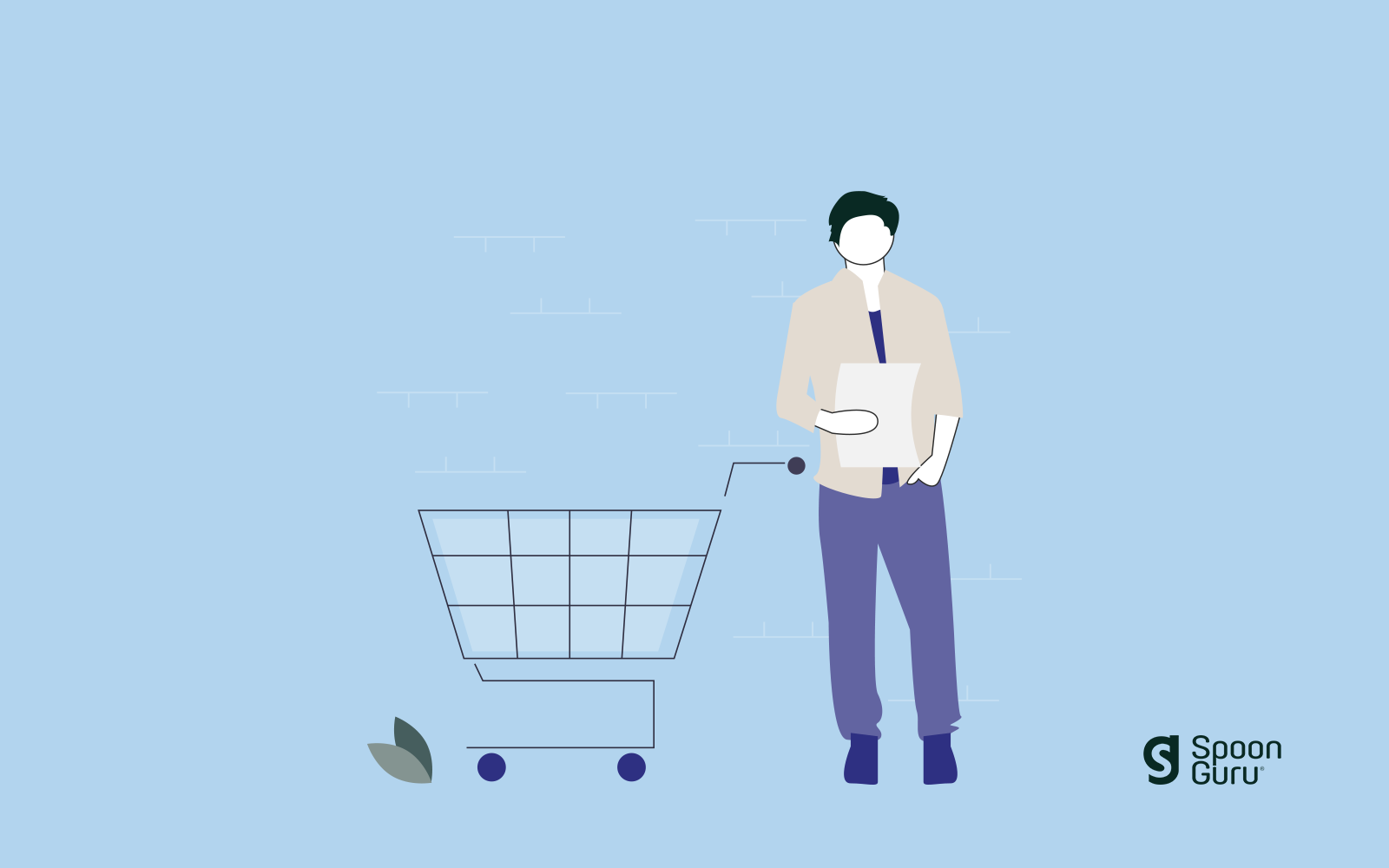For the first time in their lifetimes, U.S. shoppers were faced with empty supermarket shelves as the early months of the pandemic created a disruptive supply chain. Factory and farm workers became ill and had to quarantine – some even left their low paying jobs to avoid the risk of contamination. Food plants had to reimagine their production as social distancing mandates were put in place. Shipping containers around the world, some full of foodstuffs, were locked down as ports closed and disrupted import and export transportation. Farmers and ranchers couldn’t hire trucks to bring their goods to market. And now, when most shelves are nearly back to normal; we are about to witness another round of shortages that grocery executives are grappling to avoid.
Donny Rouse, CEO of Rouse’s Markets in Louisiana told The Wall Street Journal that the chain of 60 supermarkets is receiving as little as 40% of what they order (pre-pandemic he said they received well over 90% of what they ordered). Costco has again implemented one package per person limits on the sale of toilet paper, paper towels and other products. Foodservice giant Sysco has called their restaurant customers in various locations throughout the nation to tell them they have to delay or pause service due to labor shortages – and without food, these restaurants are once again having to close their doors.
This time, we can expect a more rational shopper that won’t be panicky and will head to their mobile or desktop devices and order online to avoid the in-store mania that we all witnessed. Yes, there will be shortages of some products as CPG companies struggle and reduce their SKU offerings and yes, transportation issues will continue as trucking companies and retailers attempt to recruit and train new drivers. But over the past 17 or so months, many people have become more adept and open to ordering their groceries on-line for either delivery or pick up; and grocers continue to work to enhance the on-line shopping experience with easier to use tools and move away from third parties to control the user experience.
Grocery shopping on-line will certainly reduce the anxiety of seeing empty shelves, and shoppers will only see the products that are available. What shoppers will demand however, alongside a better UX, is more accurate information. Many retailers, especially those who employ dietitians to help their customers shop for healthier foods that are more personalized for their diets, are finding that their ingredient or nutritional information is missing or inaccurate on the CPG brands they carry as well as their own private brands.
